Like most people, I have been cold; very cold. I have a distinct childhood memory of being very cold and wet after falling into a stream (more than once) while hiking with my family. Wrapped in my father’s jacket, my mother attempted to feed me a cookie. As she states, “You were so cold you couldn’t even hold the cookie!” Little did my mother know that a cookie was just the right thing to feed me.
Humans are endotherms, which means we must generate heat, a lot of heat, to achieve homeothermy. At 37°C (98.6°F) humans are hotter than the average temperature of any place on earth. To fuel this heat we must eat a lot and often. To put this in perspective, we must eat 50 times more frequently than an equivalent size boa constrictor! Maintaining this high temperature allows humans to sustain a high power output. However, all of this heat comes at a metabolic cost and that is where food comes in. How well we do in the cold is greatly influenced by our nutrition status.
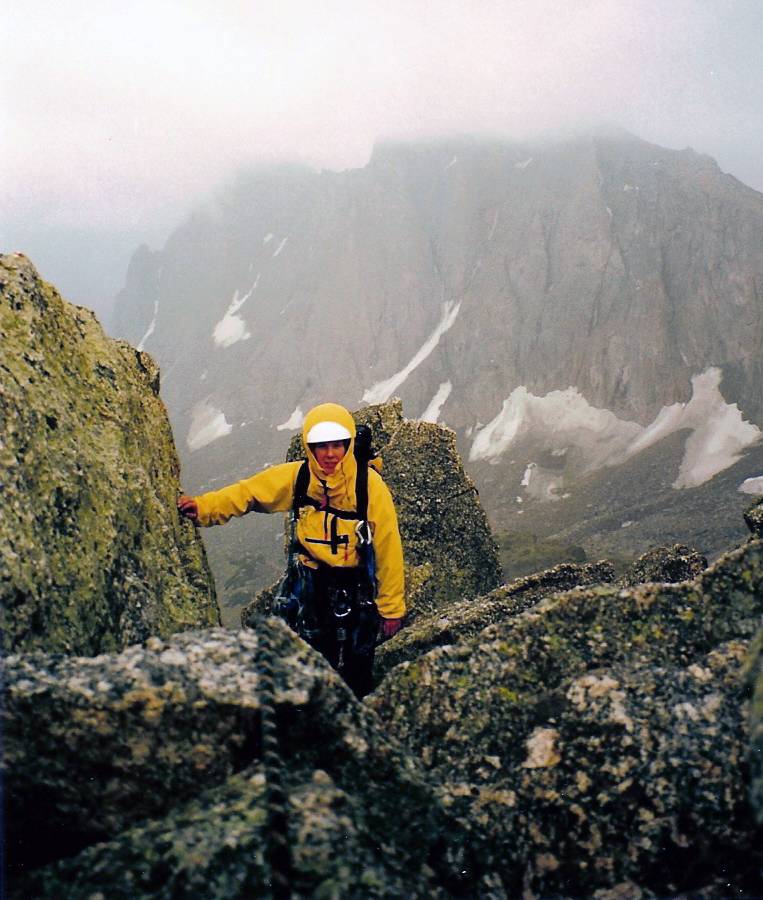
Despite the need for high heat to maintain homeothermy, humans are remarkably good at losing heat. The amount of heat lost is dependent on a number of variables, including how low the temperature is, the length of cold exposure, the environment (wet or dry), body composition, and individual vasomotor responses. Yes, we can (and should) layer clothing, find shelter, and build fires to create heat. We can also produce metabolic heat through voluntary (think exercise/skeletal muscle contraction) and involuntary (think shivering and nonshivering) thermogenesis. The degree to which we produce heat is in large part dependent on our own personal fuel stores. In other words, when and what you eat will affect how well you tolerate the cold. Luckily, there are several simple nutritional strategies to help you stay warm when the temperature drops.
Start with a full tank
The first rule of thumb is to start out with full glycogen stores. This not only fuels exercise but also fuels shivering, particularly high-intensity/high-burst shivering. Shivering can increase heat production five times above baseline and is a major source of heat production for our body when the temperature drops. When glycogen levels are normal, carbohydrate can provide 20-80 percent of heat. Does this mean you can’t shiver if carbohydrate stores are low? The great news is that at least with low intensity shivering fat is a primary fuel, and most of us have plenty of that. Newer research also shows that fat and protein can “fill in” for carbohydrates when glycogen stores are low, at least for the first couple hours of shivering. Less is known about high intensity shivering or long duration shivering, but most likely carbohydrates play a key role.
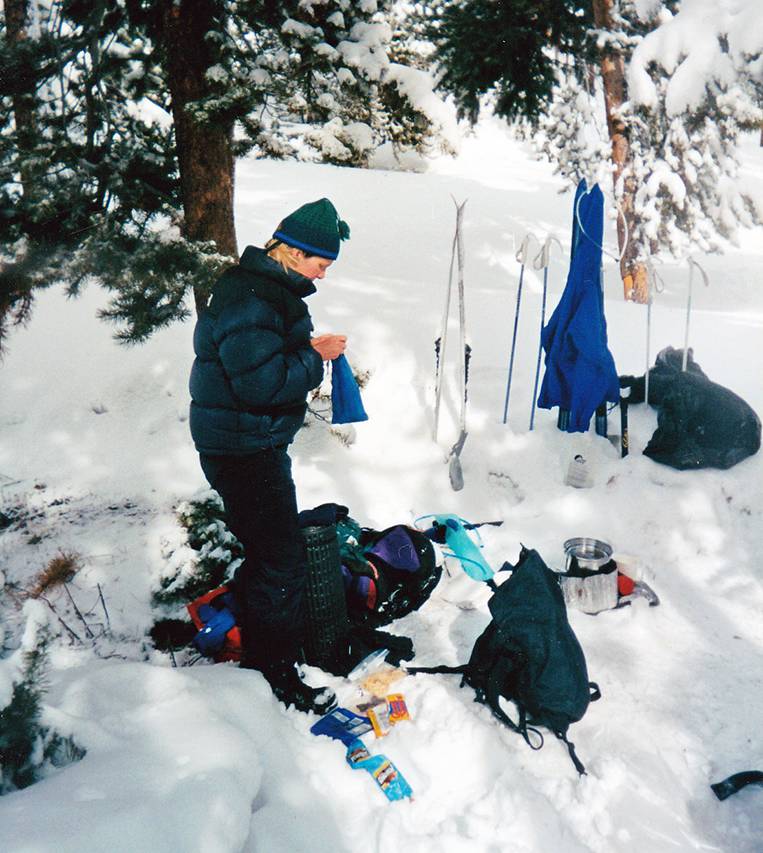
Eat Enough calories
Producing heat takes a lot of energy. Add sleep deprivation and heavy physical exertion, and you have a prescription for poor thermoregulation (i.e., tired, hungry, AND cold). Research supports that chronic low-calorie intake decreases the ability of the body to shiver and constrict blood vessels, another method of maintaining homeothermy. Bottom line, bring enough food and, ideally, bring extra just in case you end up in the cold longer than expected (or your friend doesn’t bring enough).
Eat Often
Not enough can be said about frequent fueling. Take “fueling” breaks of high energy dense snacks and carbohydrate such as dried fruit, nuts, sunflower seeds, cheese, and homemade (see recipe below) or commercial energy bars. Carbohydrate helps to maintain blood glucose and thus delay fatigue. High-fat, high-calorie snacks help improve cold tolerance. There is also a small-but-additive thermogenic effect of eating protein. Metabolism of protein is somewhat inefficient, resulting in greater heat production compared to carbohydrate or fat. In the end, the macronutrient mix doesn’t seem to matter as long as you are eating enough and eating often. Frequent fueling requires starting with breakfast, stopping frequently for snack breaks, and eating a bedtime snack, which helps keeps the toes warm at night.
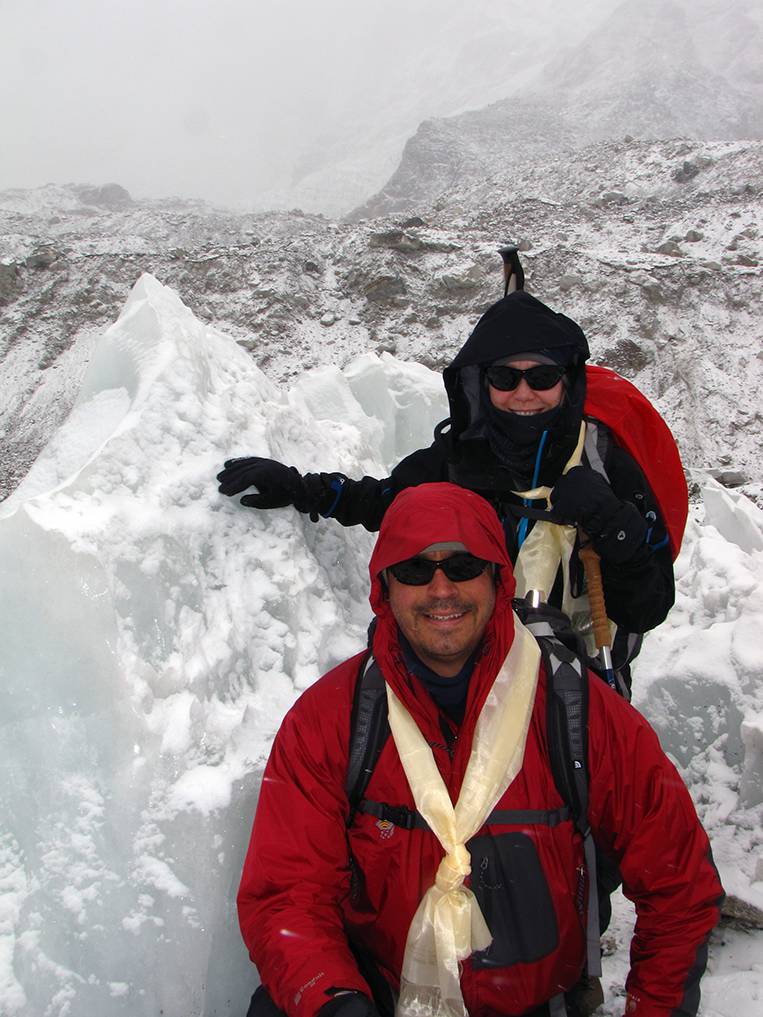
Drink up
It is well-known that hypohydration impairs thermoregulation. Usually, we think of this with hot weather, but being dehydrated can also affect cold weather thermoregulation. Hypohydration is a major pre-disposing factor to hypothermia. When the weather turns cold, more water is lost via ventilation to humidify the drier air and more water is lost due to diuresis. Further, the thirst response is often blunted, resulting in low fluid intake. Carrying a thermos of hot water on the trail is easy, encourages drinking, and helps you feel warm.
Activate Brown Fat
When most people think of fat, they are thinking of what is scientifically considered white adipose tissue or white fat. Very few know about brown fat. Once thought to only be in babies, brown fat is our friend when it comes to thermogenesis. Instead of producing large amounts of energy like white fat, the energy-producing pathway in brown fat is “uncoupled” and instead of energy, heat is produced. Recent research has found that although activity declines with age, brown fat activity is increased with cold exposure. The more you are in the cold, the more active brown fat you have (i.e., greater heat production from nonshivering thermogenesis). Further, certain foods have the potential to increase brown fat activation and thus help us keep warm. These “thermogenic” nutrients include:
- Methyl Xanthines: Caffeine and chocolate are the most common sources. Look for chocolate with high cocoa content.
- Catechins: Found in green tea. A nice hot cup of green tea has more benefits than you may have realized.
- Capsinoids: Found in sweet chili peppers and chili powder. Spicy meals taste good AND may recruit that brown fat to help you stay warm. See the recipe “Fiesta Trail Chicken” below for some ideas.
- Resveratrol: Found in grapes, berries, nuts, and red wine. Dried grapes, berries, and nuts make a great trail snack. The alcohol in red wine increases the risk of hypothermia, so save that nice bottle of wine for when you are cozy and warm inside.
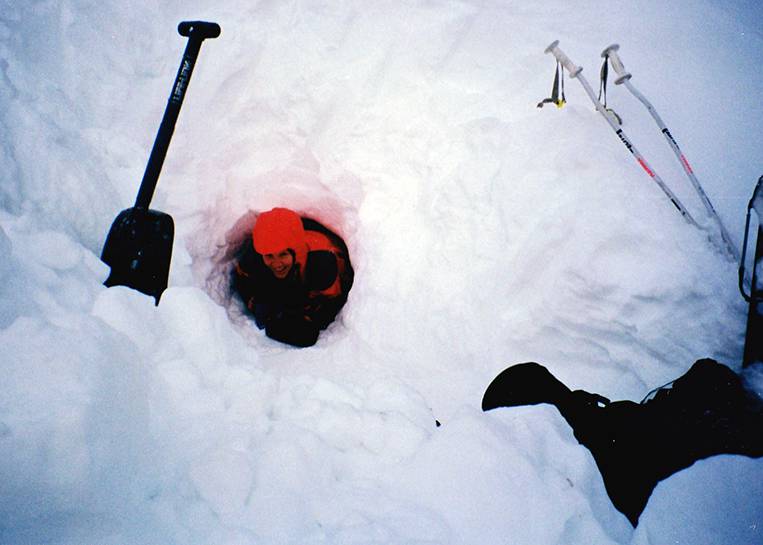
In summary, food plays a large role in how much you enjoy cold-weather activities. Eat enough, eat often, and enjoy a cup of hot coffee or green tea. Your body will feel warmer for it.

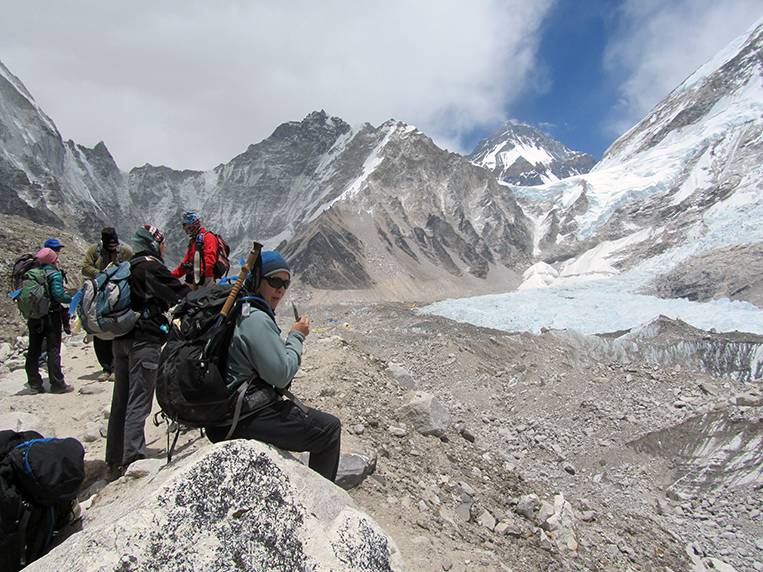
Homemade Energy Oat Bars - Michael Campbell, MS, RD
Yield: 16 bars
Ingredients:
1/2 cup powdered nonfat milk
1 cup regular rolled oats
1/2 cup sesame seed
1 cups raisins or Craisins
1 cup blanched almonds, finely chopped
1 1/2 cups unsweetened coconut chips
1/2 cup toasted wheat germ
3 teaspoons butter
3/4 cup sugar
1 1/2 cups of light corn syrup
1 cup Reese peanut butter chips
3 teaspoon finely grated orange peel
1 1/2 cups semisweet chocolate baking chips
Directions: Spread oats in a large baking pan and bake in a 350 degree oven until oats are toasted. Place the sesame seeds in a large frying pan over high heat and toss until the seeds golden brown. In a large bowl, mix together the following ingredients: raisins, coconut, almonds, powdered milk, and wheat germ. Then add the toasted oats. Combine the corn syrup, butter, and sugar. Bring to a boil over high heat and stir in the peanut butter chips, chocolate chips and orange peelings. Pour hot syrup over the oatmeal mix and stir thoroughly. Quickly spread the hot mixture into a sheet pan lined with parchment. Cover and refrigerate overnight. Cut into bars.
Nutrition: 430 Kcal
58g carbohydrate
4g fiber
9g protein
17.5g fat (10g saturated fat)
For a little spice on the trail to keep you warm try this recipe:
Fiesta Trail Chicken
Yield: Serves 4
Ingredients:
3.5 C instant rice (brown or white)
10 oz. chicken (foil packed)
1/2 oz. package tomato soup mix
3/4 tsp. cumin
3/4 tsp. chili powder
3/4 tsp. garlic powder
2 chicken bouillon cubes
16 oz. frozen southwest blend (corn, peppers, black beans, etc.) vegetables, dried or dehydrated
3.5 C water
Directions:
Add vegetables to water and let soak for 30 minutes. Bring water/vegetable mix to boil and add the rice, chicken, and spices, stirring to combine. Cook 5 minutes or until most of the liquid has been absorbed. Let stand, covered, 5 minutes. Fluff with a fork and enjoy!
Nutrition Facts:
417 kCal
30g protein
62g carbohydrate
3g fiber
4g fat (1g saturated)
Published on November 29, 2015